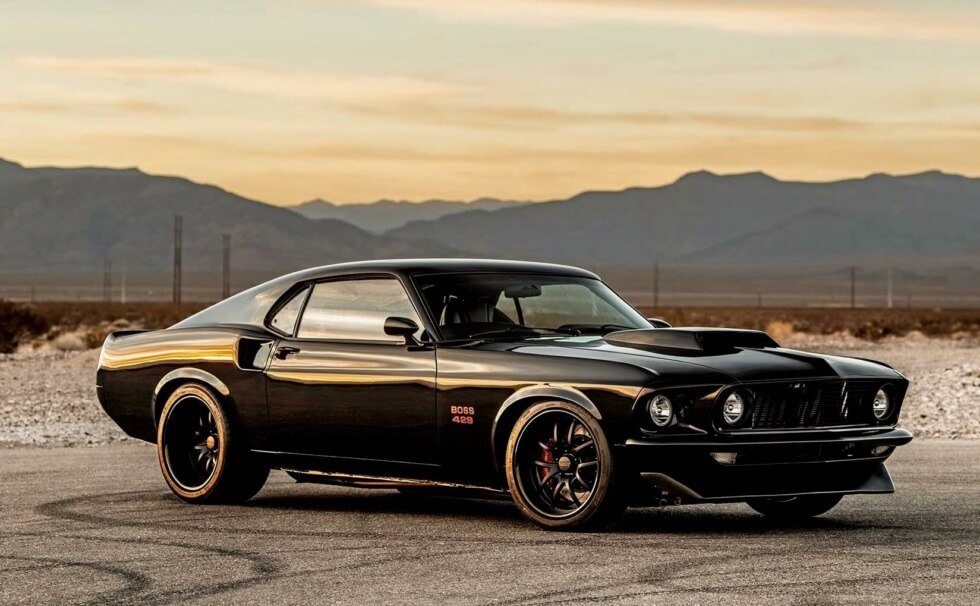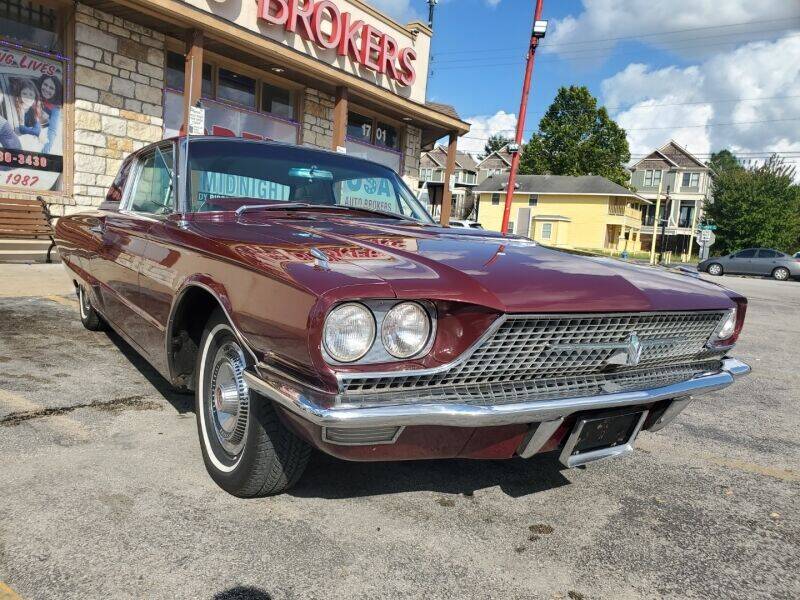
Chevelles appear in many movies. We'll talk about a 1969 Chevelle that was in Taledaga Nights and a 1970 454 SS driven by Matthew McConaughey in The Ballad of Ricky Bobby. It's possible you have seen one of these cars in a Tom Cruise movie. But how many of us know about the iconic cars that have been a part of our favorite movies?
Tom Cruise's Chevelle chase
Tom Cruise plays Billy, a young car fan who drives a 1969 Chevelle SS fourspeed in the movie King of the Road. As his rival, a red-and-white-striped Dodge Charger, he drag races his '57 Chevy. While the chase continues, Billy fails to notice a parked bulldozer. This scene is a classic in automotive moviemaking. A must-see for Chevelle owners.
A 1970 Chevrolet Chevelle SS, one of the most famous muscle cars ever produced, is a testament to its popularity. The LS6 454 SS engine in the Chevelle coupled with a 4-speed manual transmission puts out 450 horsepower. The powerful Chevelle SS of Tom Cruise is a key character in the movie. Although it blends into the background, the car exudes strength and power.

John Shaft's Chevelle
John Shaft has seen his iconic Chevelle in many films, but none as well as the 1971 film. Austin, the car manufacturer, provided four identical cars for filming. Most of the filming took place in Atlanta, Georgia. Some was also shot in New York City. Two cars were used for close-ups. The remaining two were used for total destruction.
Tim Story played John Shaft 2. Although based on a crime novel by Ernest Tidyman, John Shaft is set in crime-ridden Harlem, New York City. The film's dark lighting and 1930s-style phones give it a noir feel. Charles Cioffi plays a police lieutenant. The chevelle along with other vehicles are also famous.
Jack Reacher's Chevelle
The 1970 Chevy Chevelle-SS is the most well-known car in Jack Reacher, and it's not surprising. It is a mechanical beast that will take on anything Jack Reacher throws at it. The movie also features one of the most impressive car chase scenes in movies. Jack Reacher chases the Audi A6 in his '70 Chevelle SS. This is one of the most memorable scenes from the movie. The car loses control of the vehicle in a tunnel, and it crashes into a New Jersey barrier. The pursuing cops are baffled.
The 1970 Chevrolet Chevelle SS is arguably the most popular muscle car of all time. It introduced the LS6 454 SS engine, which has over 450 horsepower. The movie also featured a Chevelle SS that was cloned and professionally restored to look like the Chevelle in the movie. A few years later, Jack Reacher featured the car as a chase vehicle. But the cloned Chevelle was a powerful and strong vehicle.

Tom Cruise's Chevelle
Tom Cruise's Chevelle cost about PS40,000 a few years back. After filming had ended, the actor bought a new car from a dealership. This car was then sold for around PS40,000 at auction. The same car is now available at auction for over PS80,000. Although it isn't known whether Tom Cruise still owns the car, many believe that it is one his most prized possessions.
The movie "Jack Reacher" features the Chevelle SS and was filmed in the 1970s. Cruise plays Jack Reacher, and the Chevelle SS is used as a weapon as well as a prop. But the chase turns into an intense muscle-car derby. The car isn’t just for show. In reality, Cruise secretly bought a real SS 396 from a friend, but this model didn't survive the movie.
FAQ
What should I know about car mechanics
You don't need to know anything about cars to work as an auto mechanic. It's enough to know how to fix things. That's why most people start doing jobs like fitting brake pads or changing tires before progressing to more complex repairs.
You will need to understand written instructions, read diagrams and follow the basic rules of good practices. It is also important to know how to determine if parts are damaged or need to be replaced.
It is important that you have proper training and guidance before you attempt to repair vehicles. This is especially true for expensive components, such as transmissions and engines.
Even though you don't need to be an expert on cars, it is important to understand the fundamentals of mechanical engineering and physical physics. This involves understanding how engines work and how brakes work.
It is important to realize that you must be ready for all types of situations. You might be required to work on a vehicle that was involved in an accident. Additionally, you will need to have experience with handling accidents and breakdowns.
It is important to be open to learning new skills quickly. In order to be able diagnose and fix problems, you will also need to know how to do simple maintenance tasks such tightening bolts.
What qualifications are necessary to become a mechanic
A series of tests is required to be a mechanic. These include:
-
A general knowledge test
-
A practical exam
-
An apprenticeship test
These tests are designed for you to understand the basic concepts and principles of mechanics before your start as a technician.
These tests will allow you to be a mechanic once you have passed them. You'll still need an apprenticeship. This will involve trade training.
You'll need to attend classes and workshops to learn everything you need to know about repairing vehicles. Working alongside skilled mechanics is also a must.
A mechanic must be highly focused and attentive to detail in order to succeed. Repairs to vehicles require you to pay attention to every detail.
You'll need patience and persistence to become a successful mechanic. If you don’t like following directions, then this career path may not suit you.
However, if you love cars or enjoy working on them, you might be happy in this field.
What are the requirements for an automobile technician?
You must have high school, or GED, and be able to read and write well in English and math. Additionally, you will need to be proficient in reading and writing. The written test will be passed and you will then have to take several practical exams before you can begin work.
How long does a good mechanic take?
It takes years of practice and experience to become an expert mechanic. The best way to learn how to repair cars is by working under the supervision of a professional mechanic.
You will spend time in a workshop learning everything you can about cars. You will need to read books on mechanical engineering and car design.
Auto school is also required.
The most important thing is to start early. It doesn't matter if you're old or not to study automotive technology. You can get certified as a mechanic by getting started right away!
Is it really worth becoming a mechanic.
The answer depends on what you are looking for in life. If money is your goal, then you can answer "yes". But if you are searching for meaning and purpose, then you should not answer this question.
It's not worth learning mechanics if you don’t have the skills. You'll waste your time. It's not going make you millionaire. It won't make you famous. You won't be famous.
It would take you years to learn how to do everything correctly. Then you'd still have to pay someone else to fix your car when it breaks down. It's the reason most people don't bother. They find something more worthwhile.
In conclusion, if money is your main goal, you should go ahead. You can't live a meaningful existence if your goal is to make a living in the mechanic's business.
How can I fix my car as a hobby?
If you are interested in cars, why not take it on as a hobby? You can repair them, buy their parts, sell them, or just have fun with them. It would make a great pastime if you're looking for something different to do.
It isn't easy to turn it into a full time job. It takes dedication and hardwork. Also, you will need to put a lot of money into it.
It is best to avoid getting involved in car accidents unless you have good reasons.
What length is an automotive mechanic apprenticeship?
An automotive mechanic apprenticeship takes around three years to complete. This includes two years in school and two as an apprentice. The first year of training is spent in the trade. This includes theory and practical skills as well as safety procedures. You'll also learn the safe and efficient use of tools during this first year. After you have completed the first year of training, you will be able to spend an additional year on-the job learning different trades. These years will offer you the opportunity to attend formal classes.
The last year of the program is dedicated to gaining certification and qualifications in the field. These include NVQs or National Vocational Qualifications. These are earned after passing exams that cover specific topics in the industry. In addition, there are HNCs (Higher National Certificates) that cover general subjects such as management, business administration, and customer service. Finally, there are City & Guilds certificates that are offered for those who wish to become qualified in certain trades.
Statistics
- According to the BLS, the median annual salary for automotive service technicians and mechanics in the United States was $44,050 in May 2020. (uti.edu)
- Apprentice mechanics earn significantly less hourly than mechanics who have completed training, with a median wage of approximately $14.50 an hour, according to PayScale. (jobhero.com)
- 52% of Mechanics in the United States think their salaries are enough for the cost of living in their area. (indeed.com)
External Links
How To
How to properly diagnose and repair your vehicle
Before you can determine if your car requires repairs, it's important to first analyze the symptoms. Next, you can follow these steps in order to diagnose your car.
-
Check engine lights. The dashboard light indicators, including the engine light, oil pressure gauge, battery light indicator, coolant temperature gauge and RPM gauge, should be checked. You may have a problem with your vehicle if any of the indicators are flashing for more than a few days.
-
Pay attention to the treads on your tires. Tire wear can lead to problems in handling and brake performance. You should also inspect the wheel treads. You should ensure that they are clean and smooth. To do this, remove the wheels and take them out. Check the tread condition with a flashlight.
-
Monitor the level and consistency of your brake fluid. You must keep track on the level of brake fluid in your vehicle. You can ensure that your brakes are working properly by monitoring the level of brake fluid in your vehicle. Low brake fluid levels could cause your brakes to fail when you apply pressure.
-
Check the suspension system. The suspension system in vehicles absorbs vibrations and shocks. It allows for better control, smooth acceleration, and deceleration. If your vehicle has a suspension problem, it might feel wobbly or shake uncontrollably. To determine whether your vehicle may have a suspension issue, you can try to put weight on the rear or front axle and watch the movement.
-
Examine the steering wheel. Steering columns are used to connect the steering wheel to the rest of the vehicle's components. Sometimes, steering columns are damaged by accidents. You should replace the steering column if it is loose or weak.
-
The exhaust pipe should be observed. Exhaust pipes help move gases from the combustion chamber to the atmosphere. If your exhaust pipe leaks or cracks, it will allow harmful fumes into your cabin. If your tailpipe bends, it is important to fix it immediately.
-
Take a look at the underside of your hood. Check under your hood for any unusual or missing components. Your engine could be leaking fluids. Also, professional technicians should be called if you detect an unusual smell coming out of your engine compartment.
-
It is important to inspect the air filter. The outside environment can collect dust and other debris in your vehicle's air filters. Your vehicle will run less well if it has a dirty filter. Replace your air filter regularly.
-
Check the fan belt. The fan belt is the link between the engine and the transmission. If the fan belt is damaged, the engine won’t turn. Replacing the belt is simple. You only need a screwdriver or pliers to replace your belt.
-
Verify the radiator hoses. The radiator-hose carries water to the engine. If it becomes cracked or damaged, it can leak hot liquid onto the engine. You only need a pair of needle-nose pliers and a small wire brush to repair the hose.
-
Make sure you have the windshield wipers checked. Windshield wipers use electricity to wipe away rain and snow. If they stop working, streaks could be left on your glass. To fix the problem, simply change the washer fluid.
-
Check the battery cables. Batteries provide power to electrical systems inside your car. If you are replacing batteries, disconnect the negative cord first. Failure to do so can damage your alternator.
-
Make sure your headlights are working properly. Headlights help you see the road ahead. If they don't work properly, it can cause poor visibility. To determine if your bulbs are out of date, check them.
-
Be sure to check the lights. If you approach other drivers at night, lights will warn them. One that doesn't work could cause you to be distracted, and possibly lead to an injury.
-
Check the brakes. Before you have a collision, brakes slow down your car. If your brakes aren't working properly, you may lose control and crash into other cars.
-
Make sure to change the oil. Keep your engine lubricated with oil. It helps prevent metal parts from wearing out too quickly. It is recommended that you change your oil at least once per month.